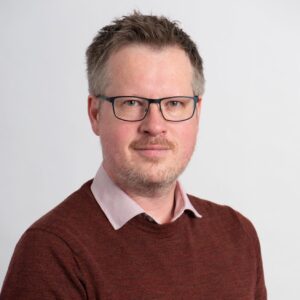Although it is widely accepted by enforcement practitioners that child sexual exploitation (CSE) is now a prominent feature of serious and organised crime in the UK, there has been very little analysis of the links between child sexual abuse and organised crime.In research published recently we took a ground floor view of organised crime in a single city and found 43 groups linked to the sexual exploitation of children and young people.
The government has for some time been trying to galvanise local partner agencies and police to step up and play a key role in the fight against serious and organised crime, and this has been a slow transition. Perhaps it’s a problem with language, with many not understanding what serious and organised crime is (due to a well-documented lack of clarity in definition), and subsequently failing to see how any of it is likely to be their problem.
Widely held perceptions of organised crime are shaped by popularised depictions in the media, of international traffickers of goods and people, hierarchical and long-standing criminal groups from Italy or East Asia and well-heeled Godfather figures presiding over criminal empires. However, this is seldom the face of organised crime confronted by police on the ground. Group-based CSE often involved local-level drug dealers, taking advantage of vulnerable people, including children. Many of the perpetrators were living in the same deprived neighbourhoods and communities as the victims. This is serious and organised crime that does not necessarily move across borders or involve wealthy criminals who keep a safe distance from their crimes. It is serious and organised crime involving victims, offenders and harm that is rooted in the local neighbourhoods and so very much a problem that demands a local response, but also one the police cannot be expected to tackle alone.
Unlike organised crime, child sexual exploitation (CSE) is now at the top of the agendas of many agencies. Our research, as well as identifying a high number of groups with a link to CSE, revealed that there are in fact multiple local organisations doing a great deal to address the harms caused by organised CSE, they just don’t necessarily know it. The consequence is separate organisations doing what they can to put out fires as they flare up, but largely in a way that lacks coherence or a common strategy.
The emerging picture of the scale of CSE presents a prospective level of demand that risks overwhelming local police teams. Whether or not a group is categorised as an organised crime group (OCG) becomes irrelevant if there are none of the specialist resources available to deal with it. So local alternatives are needed for developing the intelligence picture and dealing with the problem. Many of the young people who were victims or at risk of CSE were highly disengaged from local agencies, particularly from the police, which meant they were seldom a rich source of intelligence.
However, specialist statutory and third sector support services who proactively engage these young people on a daily basis are exposed to huge amounts of intelligence. In fact, the police would have a great deal less awareness of CSE if it weren’t for practitioners from partner agencies passing some of this information on. The difficulty is that these organisations are often disinclined to share information for confidentiality reasons and have few of the skills or knowledge themselves for recording or processing this information in a way that sheds light on where the emerging threats are.
Having a clearer picture of CSE is then just the start and needs to be followed by action. An effective CSE intervention means coming at each identified case from multiple perspectives. Ideally it should be clear who has responsibility for each part of the problem and that each aspect is tackled in a coordinated way; from prevention work, identifying and engaging young people at risk, safeguarding them, uncovering key locations and perpetrators (as well as other potential victims), investigating and disrupting known perpetrators and OCGs. How each organisation slots into the complex response picture is uncertain, and in reality many of these activities are undertaken in isolation.
Safeguarding and ensuring the welfare of young people who are at risk must undoubtedly take precedence when tackling CSE, however neglecting to flag or focus on the perpetrators (OCGs or otherwise) potentially leaves yet more children exposed to the risk of abuse.
How to prioritise and deal with the emerging scale of CSE is something local police teams are still grappling with, but this should not be done in isolation from others who are much better placed to see who and where the greatest threats are.
Read the latest briefing ‘Organised crime and child sexual exploitation in local communities’, the third in a series of briefings from our projectwhich looked at the impact of organised crime on local communities.
